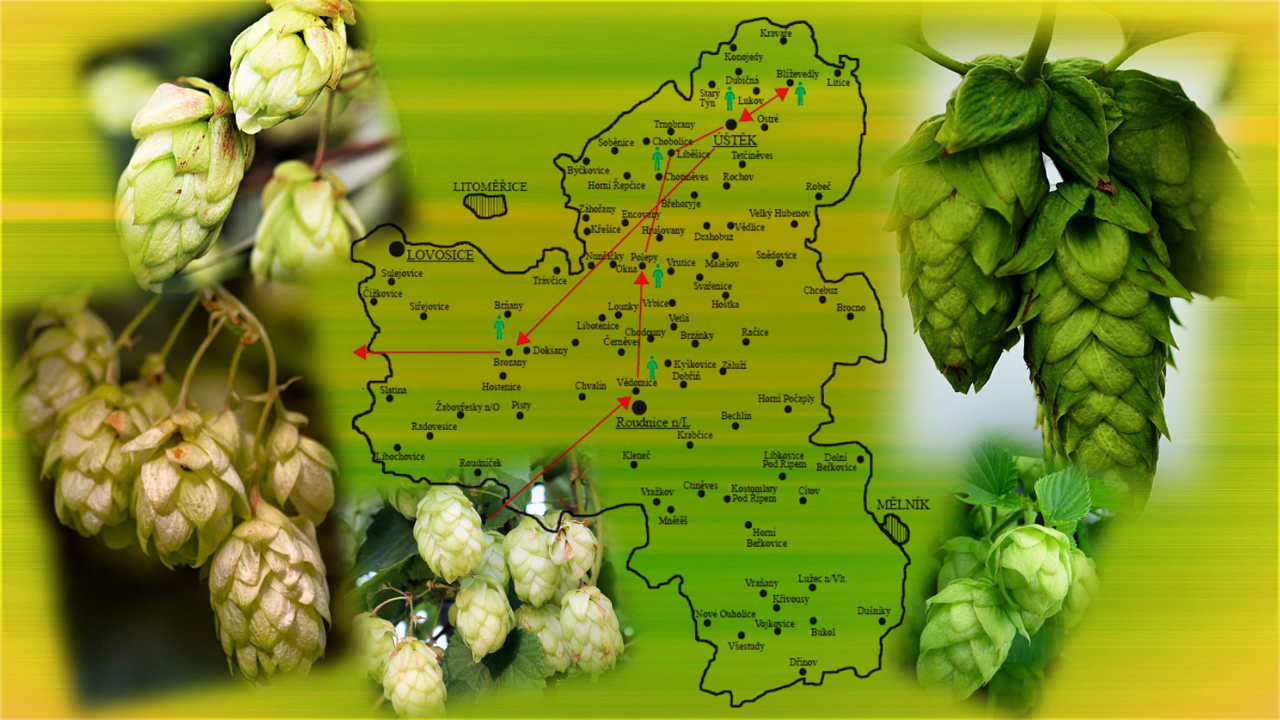Alpha acids content in Czech hops from harvest 2022 - forecasts, reality and trends
DOI:
https://doi.org/10.18832/kp2023.69.692Keywords:
hops, alpha acids, Saaz hops, hybrid varieties, weather conditionsAbstract
From the brewing and commercial point of view, the content of alpha acids is the most important quality parameter of hops, which is subject to significant annual fluctuations. The established system for evaluating the content of alpha acids in Czech hops consists of pre-harvest and harvest predictions and a detailed analysis of reality based on the analysis of all purchasing lots of raw hops. It is differentiated according to varieties and hop growing areas. This article presents the results of the 2022 harvest, discusses the influence of weather conditions, the age of hop gardens and virus-free seedlings on the harvest results, and the relationship of predictions to reality. The average content of alpha acids in the majority Saaz variety in the Saaz, Auscha and Tirschitz hop growing regions was 2.88, 2.80 and 2.63% by weight in the original respectively. In all areas, the alpha acid content has been significantly affected by the age of the hop growths. Hybrid varieties coped with adverse weather conditions much better than most aromatic hops. The total production of alpha acids in Czech hops from the harvest of 2022 was 182.9 tons, one of the lowest in the last 15 years. It is due to the concurrence of two factors: the low yield per hectare and the content of alpha acids in Saaz hops. The cause was, similarly to Germany, an extreme deficit of precipitation and high temperatures during the vegetation season.
References
Anonym (2022). Alpha-säurenwerte von Hopfen der Ernte 2022 und aktualisirte mehrjährige Durchschnittliswerte – Teil 1. Brauwelt, 42, 1082.
CISTA (2022). Úroda chmele je nejnižší za posledních 10 let. In: eagri.cz [online] [2023-01-30]. Retrieved from: https://eagri.cz/public/web/ukzuz/portal/trvale-kultury/statisticke-vystupy/uroda-chmele-2022-nejnizsi.html
Donner, P., Pokorný, J., Ježek, J., Krofta, K., Patzak, J., Pulkrábek, J. (2020). Influence of weather conditions, irrigation and plant age on yield and alpha-acids content of Czech hop (Humulus lupulus L.) cultivars. Plant Soil Environ., 66(1), 31–46. https://doi.org/10.17221/627/2019-PSE
EBC Analysis Committee (2010). Analytica EBC, Methods 7.4, 7.7, Fachverlag Hans Carl, Nürnberg. ISBN 978-3-418-00759-5.
Forster, A., Schüll, F. (2020). The impact of climate change on hops. Brauwelt International, 40(3), 174–178.
Forster, A., Gahr, A. (2020). The Saaz hop variety – how great Is the influence of climate and growing region in the Czech republic? Hopfen-Runhschau International, 2020/2021, 38–44.
HRI (2022). Počasí. Chmelařská oblast Žatecko. In: chizatec.cz [online] 2023-01-30]. Retrieved from http://www.chizatec.cz/pocasi/?arc=163&sub=92
HRIa (2022). Dynamika tvorby alfa kyselin v hlávkách ŽPČ před sklizní. In: chizatec.cz [online] [2023-01-30]. http://www.chizatec.cz/predskliznove-odbery/?arc=291
Chromý, Z. (2022). České chmelařství v přehledech ÚKZÚZ. Chmelařská ročenka 2022. VÚPS, Praha, 291–317. ISBN978-80-86576-95-4
Krofta, K., Fritschová, G., Mikyška, A., Belešová, K., Vojtěchová, D., Tichá, J. (2022). Alpha acids content in Czech hops from harvest 2021 - forecasts, reality and trends. Kvasny prumysl, 68(1), 564–571. https://doi.org/10.18832/kp2022.68.564
Kučera, J., Krofta, K. (2009). Mathematical model for prediction of yield and alpha acid contents from meteorological data for saaz aroma variety. Acta Horticulturae, 848, 131–139. https://doi.org/10.17660/ActaHortic.2009.848.14
Meloun, M., Militký, J. (1994). Statistical processing of experimental data. Plus, Praha. ISBN 80-85297-56-6
Nesvadba, V., Krofta, K., Patzak, J. (2022). Czech hop varieties. Chmelařský institut, Žatec. ISBN 978-80-86836-60-7.
Pethybridge, S.J., Hay, F.S., Barbara, D.J., Eastwell, K.C., Wilson, C.R. (2008). Viruses and viroids infecting hop: significance, epidemiology, and management. Plant Disease, 92, 324–338. https://doi.org/10.1094/PDIS-92-3-0324

Downloads
Published
How to Cite
Issue
Section
License
Copyright (c) 2023 Alexandr Mikyška, Karel Krofta, Klára Belešová, Gabriela Fritschová, František Kroupa, Jana Tichá

This work is licensed under a Creative Commons Attribution 4.0 International License.







